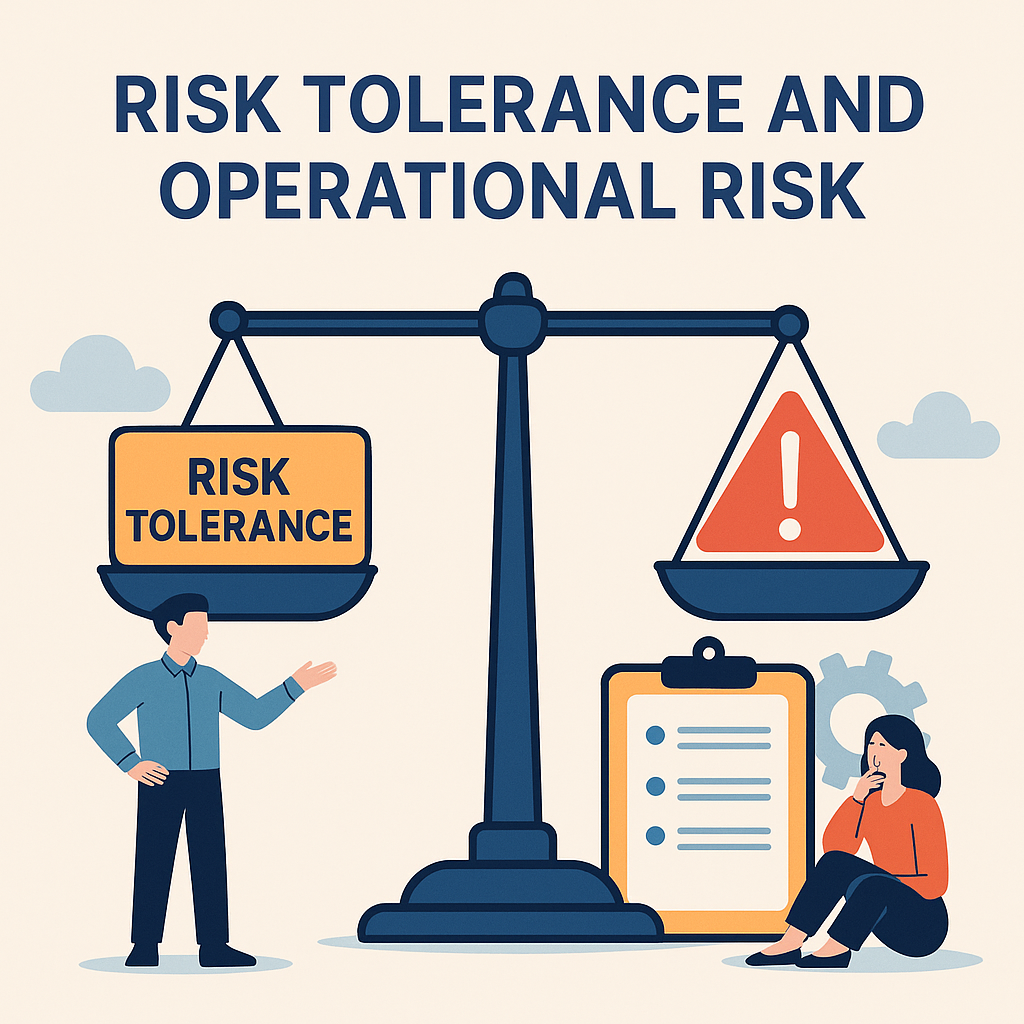Introduction
In an era of rapid digital transformation, economic fluctuations, and evolving regulatory requirements, resilience in internal audit has never been more critical. Organizations must navigate a complex risk landscape, ensuring they remain compliant, agile, and value-driven. Building resilience in internal audit enables businesses to withstand disruptions, optimize processes, and enhance risk management effectiveness.
The Importance of Resilience in Internal Audit
Resilience in internal audit is about adaptability, risk anticipation, and continuous improvement. The traditional compliance-based audit approach is no longer sufficient to address emerging risks such as cybersecurity threats, financial uncertainties, and global market disruptions. Internal audit functions must evolve to ensure:
- Proactive risk management to identify vulnerabilities before they escalate.
- Agility and adaptability to respond swiftly to regulatory changes and external threats.
- Technology integration for automation and enhanced data-driven decision-making.
- Stronger collaboration between business units to enhance governance and risk controls.
Also Read: Internal Audit 4.0 to understand how internal audit has evolved and still continues to evolve into problem solver and intelligent support system for the stakeholders.
Example: A global pharmaceutical company implemented an adaptive risk management framework in its internal audit function. By leveraging predictive analytics, the organization could detect supply chain disruptions in real-time, mitigating potential financial losses.
Strategies for Building Resilience in Internal Audit
1. Leveraging Technology for Continuous Auditing
Traditional audits often rely on periodic reviews, but in a fast-paced environment, real-time risk monitoring is essential. Advanced data analytics, artificial intelligence (AI), and robotic process automation (RPA) help internal audit teams assess risks dynamically.
Example:
A multinational retail company adopted AI-driven anomaly detection in its internal audit processes, reducing financial fraud incidents by 35% through early risk identification.
2. Enhancing Cybersecurity & Data Protection Measures
With the increasing frequency of cyber threats, internal audit functions must ensure robust data security protocols and compliance with cybersecurity regulations like GDPR and ISO 27001.
Example:
A financial services firm integrated cyber risk assessments into its internal audit framework, identifying vulnerabilities in third-party vendor access and strengthening security controls.
3. Developing a Risk-Aware Culture Across Departments
An effective internal audit function fosters a risk-conscious culture, encouraging all business units to actively participate in risk management and compliance initiatives.
Example:
A technology startup conducted risk-awareness training programs, empowering employees to detect and report potential compliance violations, resulting in a 40% reduction in internal fraud cases.
4. Agile Internal Auditing for Rapid Response
Agile auditing enables internal audit teams to prioritize critical risks, adapt quickly to changing business environments, and provide real-time insights. This approach enhances flexibility, allowing auditors to focus on high-impact areas.
Example:
A healthcare organization adopted an Agile Internal Audit model, significantly improving response times to regulatory updates and minimizing compliance risks.
5. Strengthening Collaboration with Risk & Compliance Functions
Aligning internal audit with enterprise risk management (ERM) and compliance functions ensures a holistic approach to governance, risk, and controls.
Example:
A manufacturing firm enhanced cross-functional collaboration, allowing audit teams to work closely with risk management and compliance departments, reducing operational risks by 30%.
Overcoming Challenges in Strengthening Internal Audit Resilience
Organizations may face obstacles while transitioning to a resilient internal audit function. Key challenges include:
- Limited technological adoption slowing automation and efficiency improvements.
- Resistance to change from audit teams used to traditional methodologies.
- Data privacy concerns with increased use of AI and analytics in auditing.
- Lack of skilled professionals trained in emerging audit technologies.
Solution: Organizations should focus on upskilling auditors in digital tools, fostering a culture of continuous learning, and investing in technology-driven audit solutions.
Conclusion
Building resilience in internal audit is not just about risk mitigation—it’s about creating value, improving efficiency, and fostering a culture of adaptability. Organizations that embrace technological advancements, agile methodologies, and cross-functional collaboration will position themselves for long-term success in an ever-changing business environment.
As businesses continue to evolve, resilient internal audit functions will play a pivotal role in ensuring sustainable growth, regulatory compliance, and enhanced risk management.
References
- Deloitte – Building Resilience in Internal Audit
- KPMG – Risk Management & Resilient Auditing
- PwC – How Internal Audit Can Drive Business Resilience
- The Institute of Internal Auditors (IIA) – Internal Audit Best Practices
- Harvard Business Review – Developing Resilient Organizations
- Building Resilience in Internal Auditing









